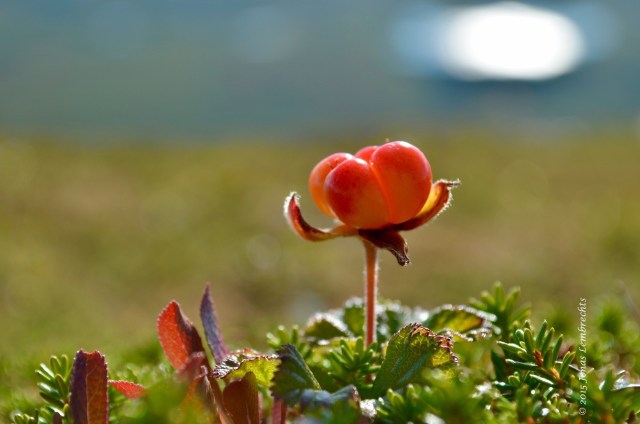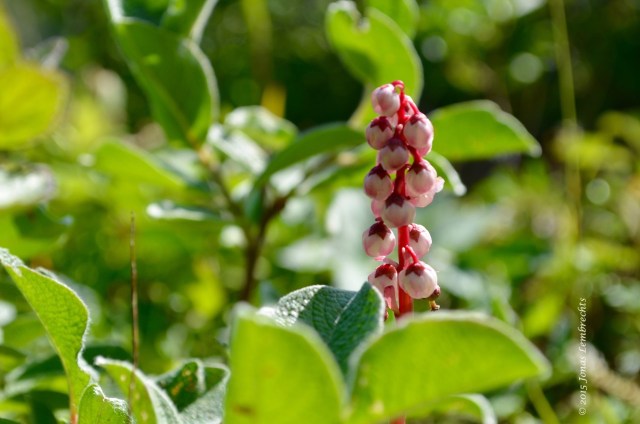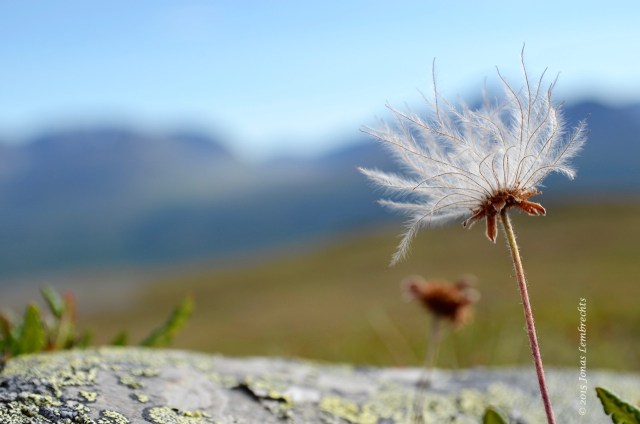Good news for those ecologists studying species distributions: it turns out that the climatic niche of mountain plants is fairly conserved in space (Wasof et al. 2015).
These results come from a study on the distribution of alpine species in the European Alps and the northern Scandes, two mountain regions with very different characteristics but a significant overlap in species composition.

Orchid in the northern Scandes (Dactilorhiza majalis?)
The researchers compared the climatic niche of a large set of plant species that occurred in both mountain regions, and found that only a small percentage of these species experienced a regional effect on their niche. Especially species with disjunct populations (populations that are truly separated in space) showed high niche overlap, and the same was true for arctic-alpine species.

Dwarf birch, Betula nana
Although niches are in general surprisingly well conserved between the two regions, species occupy a wider range in the Alps than in the northern Scandes. More on the latter unexpected pattern in this informative post from Jonathan Lenoir, one of the authors.

Cloudberry, Rubus chamaemorus
Why do we care? Because the large and growing field of species distribution modelling has as one of its main assumptions that climatic niches are conservative. If they are not, any extrapolation of a limited geographic dataset to the total global distribution of a species would be invalid.

Hair’s tale cottongrass, Eriophorum vaginatum
Reference
Wasof et al. (2015) Disjunct populations of European vascular plant species keep the same climatic niches, Global Ecology and Biogeography, 24: 1401-1412.

Snowline wintergreen, Pyrola minor








































































































































































































































































































































































































































































































































































































































































































































































































































































































































































































































































































































































































Pingback: The proof we needed | BioDiverse Perspectives
Pingback: Het bewijs waar we op wachtten › On Top of the World
Pingback: New post on Scilogs.be | On top of the world